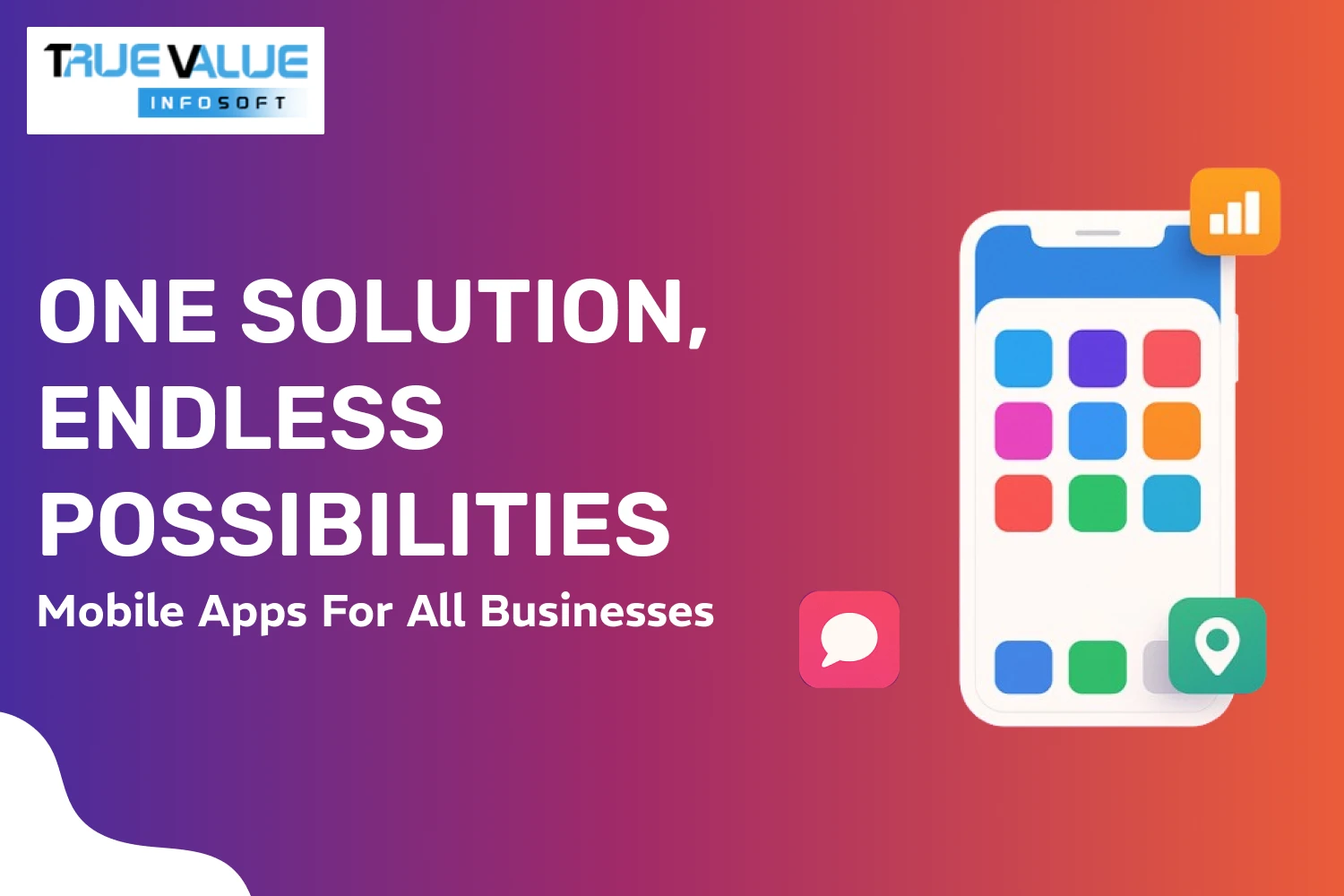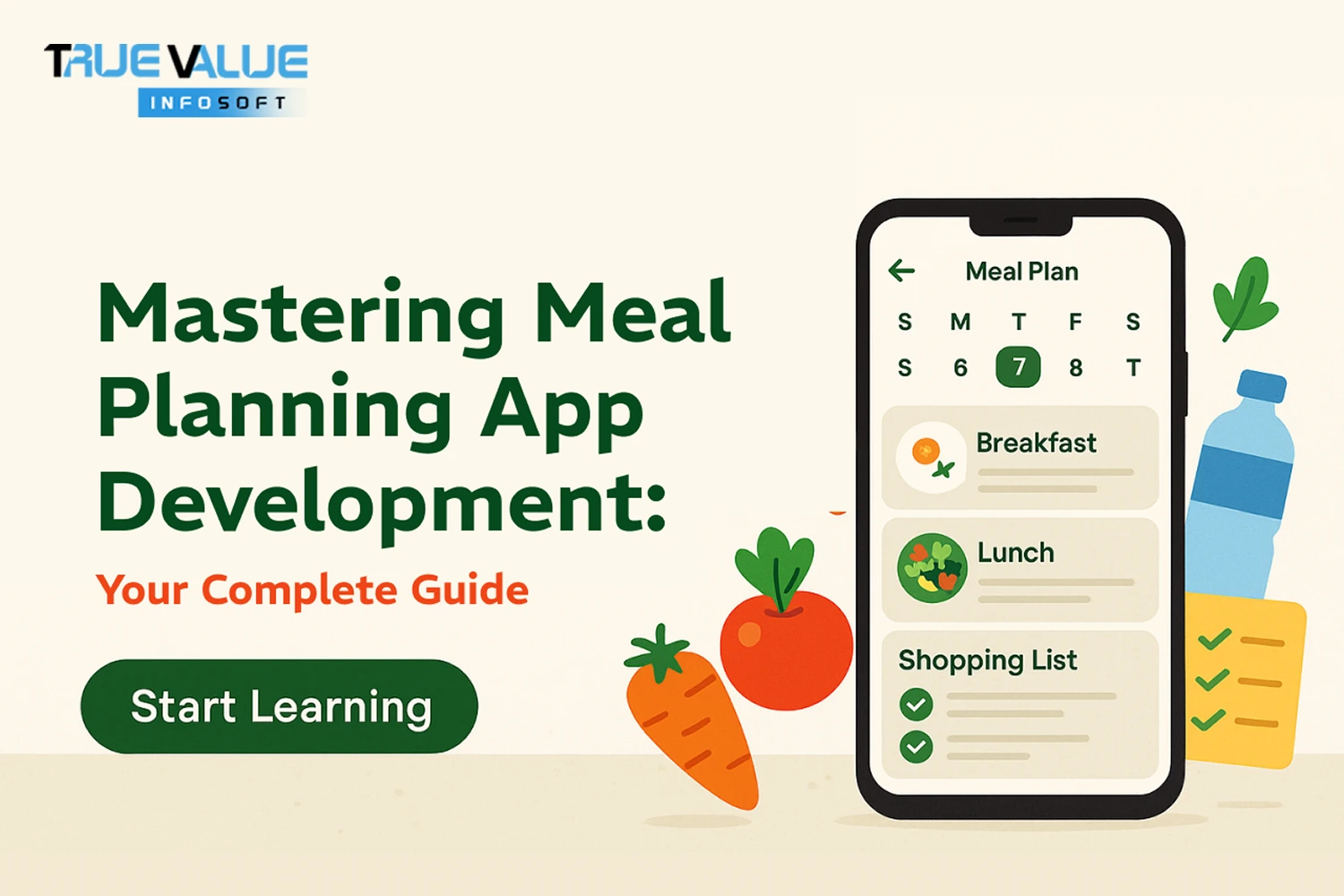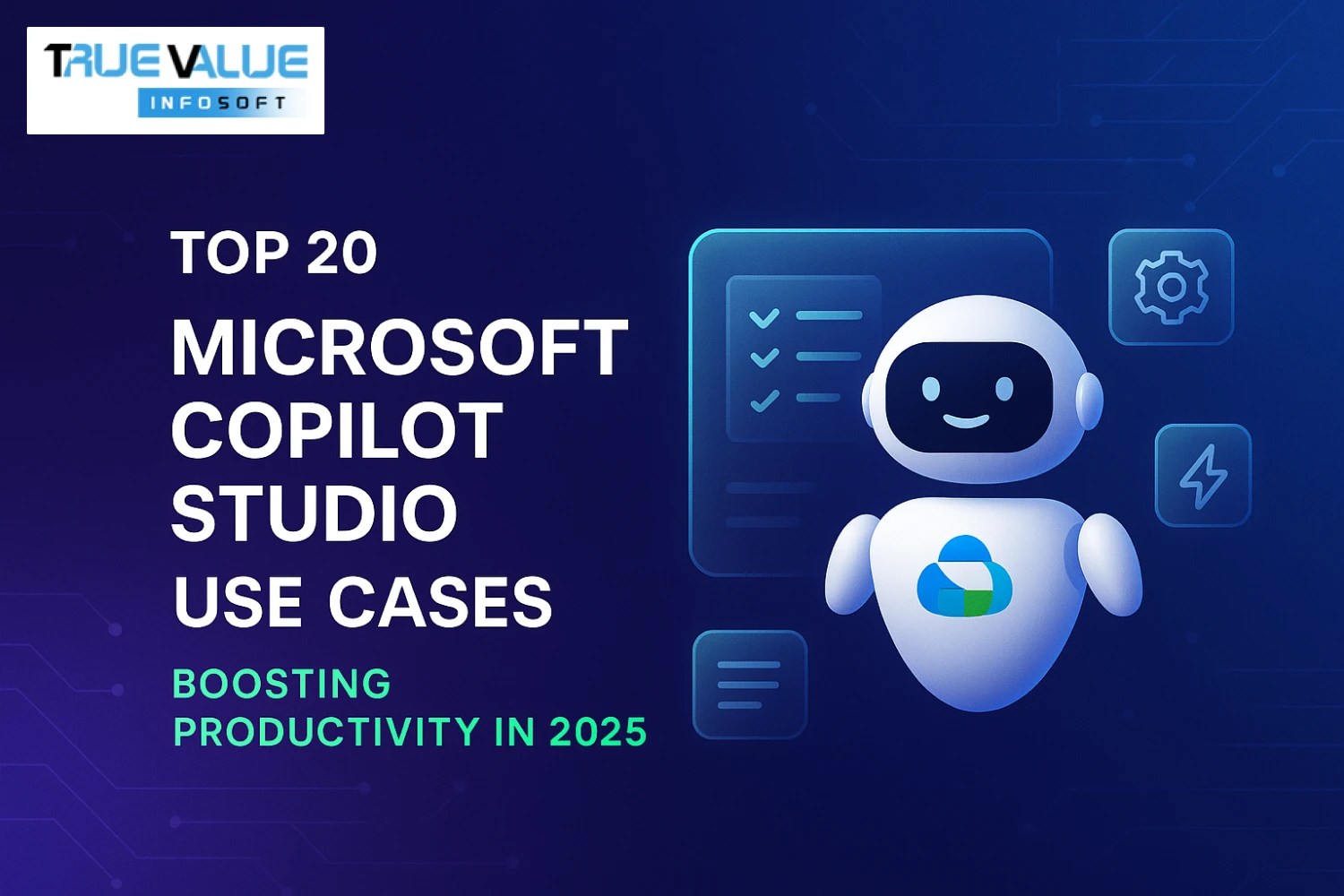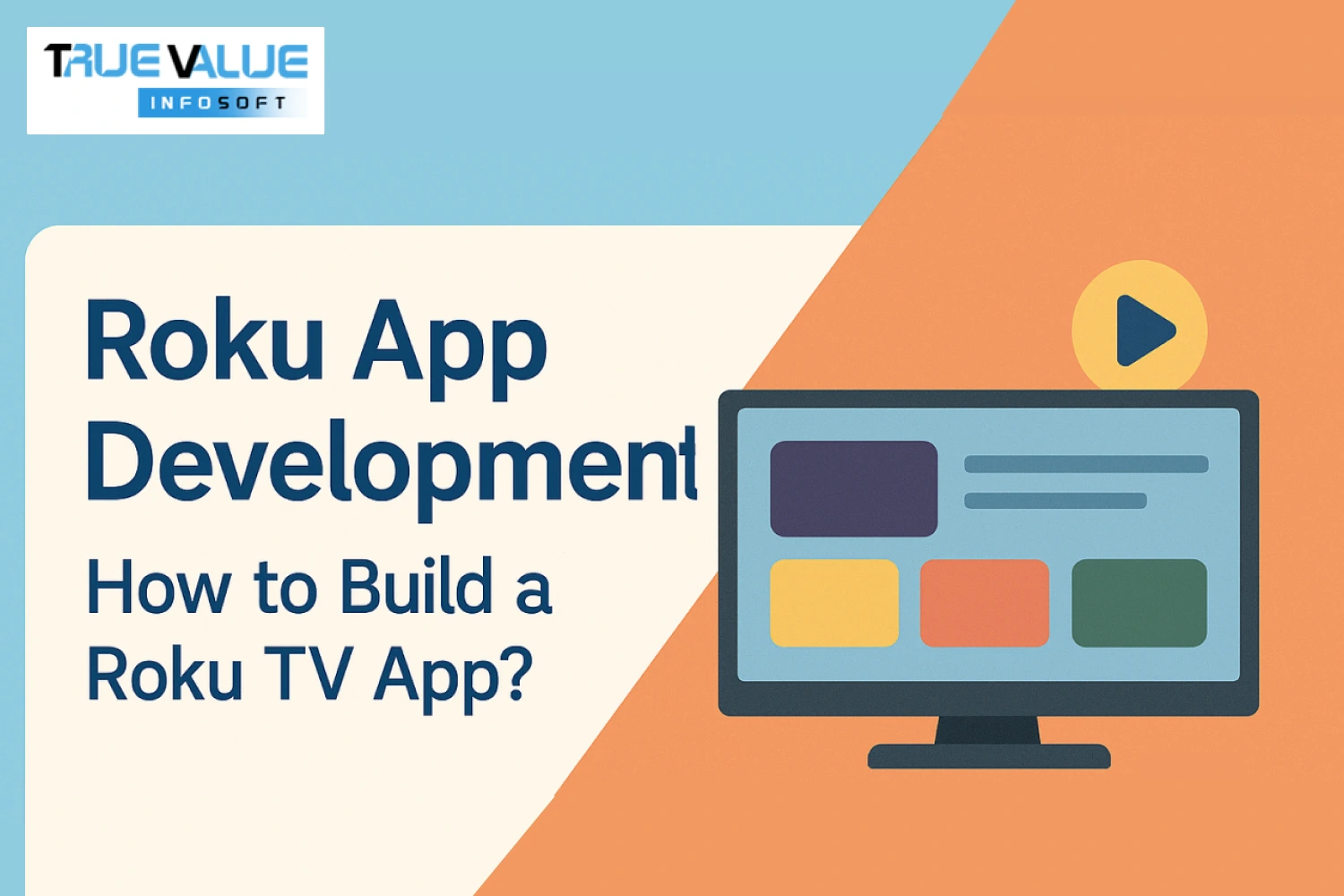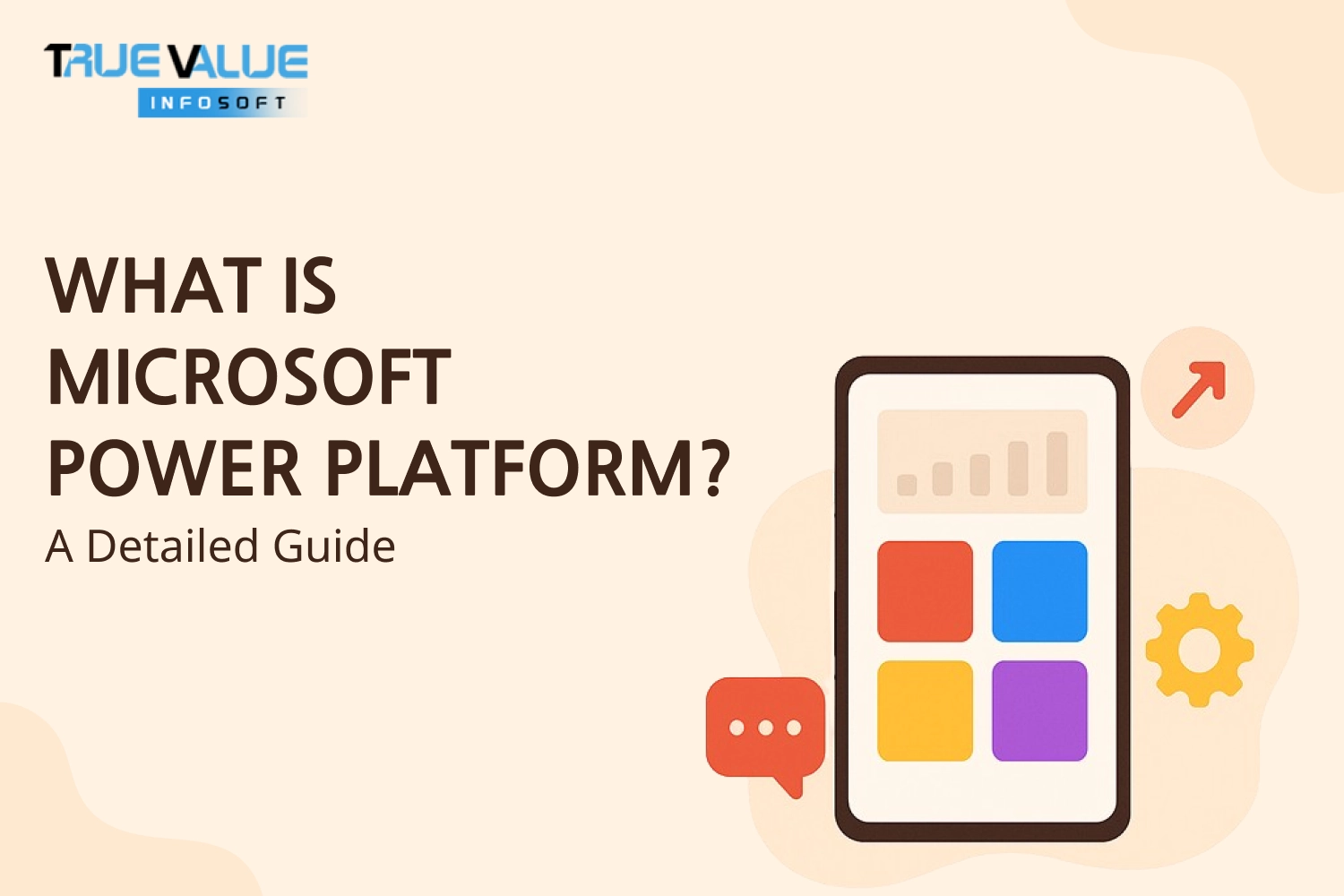Introduction
Looking to turn your groundbreaking idea into a successful product that attracts investors in 2025? You’re not alone. Every great startup begins with a spark of inspiration, but the real challenge lies in transforming that idea into a Minimum Viable Product (MVP) that not only meets user needs but also convinces investors to back your vision. In today’s fast-evolving tech landscape, building an MVP has become the crucial first step toward validating your concept and securing the funding necessary to scale.
At True Value Infosoft, the best app development company in India, we understand the importance of a well-crafted MVP. With years of experience helping startups and established businesses alike, we know what it takes to develop a product that stands out in the competitive market of 2025. Our team combines cutting-edge technology, agile methodologies, and deep industry insight to help you build an MVP that showcases your idea’s potential effectively and efficiently.
This blog will guide you through every stage of the journey—from validating your idea and designing the MVP to launching it, gathering feedback, and ultimately raising investment. Whether you’re a first-time founder or looking to refine your approach, you’ll find actionable advice to navigate the complex startup ecosystem. Ready to build a winning MVP and attract the investment you need? Let’s explore how True Value Infosoft can be your trusted partner in turning your idea into a thriving business.
Let’s dive in.
Validating Your Idea
Validating your idea is the crucial first step in building a successful MVP. It helps ensure there’s a real demand for your product and that you’re solving a genuine problem. Here are some key points to consider:
- Conduct Market Research: Use AI-powered tools to analyze market trends, customer needs, and competitor offerings.
- Engage Potential Customers: Conduct interviews and surveys to gather firsthand insights on pain points and willingness to pay.
- Build Low-Fidelity Prototypes: Use no-code platforms to create simple demos and test the concept quickly.
- Analyze Competitors: Identify gaps and opportunities by studying competitors’ strengths and weaknesses.
- Measure Key Metrics: Track indicators like user interest, sign-ups, and feedback quality to assess viability.
Validating your idea reduces risks and guides you in building an MVP that truly resonates with your target audience. Investing time in this phase helps avoid costly mistakes and aligns your product with real market needs.
Designing Your MVP Strategy
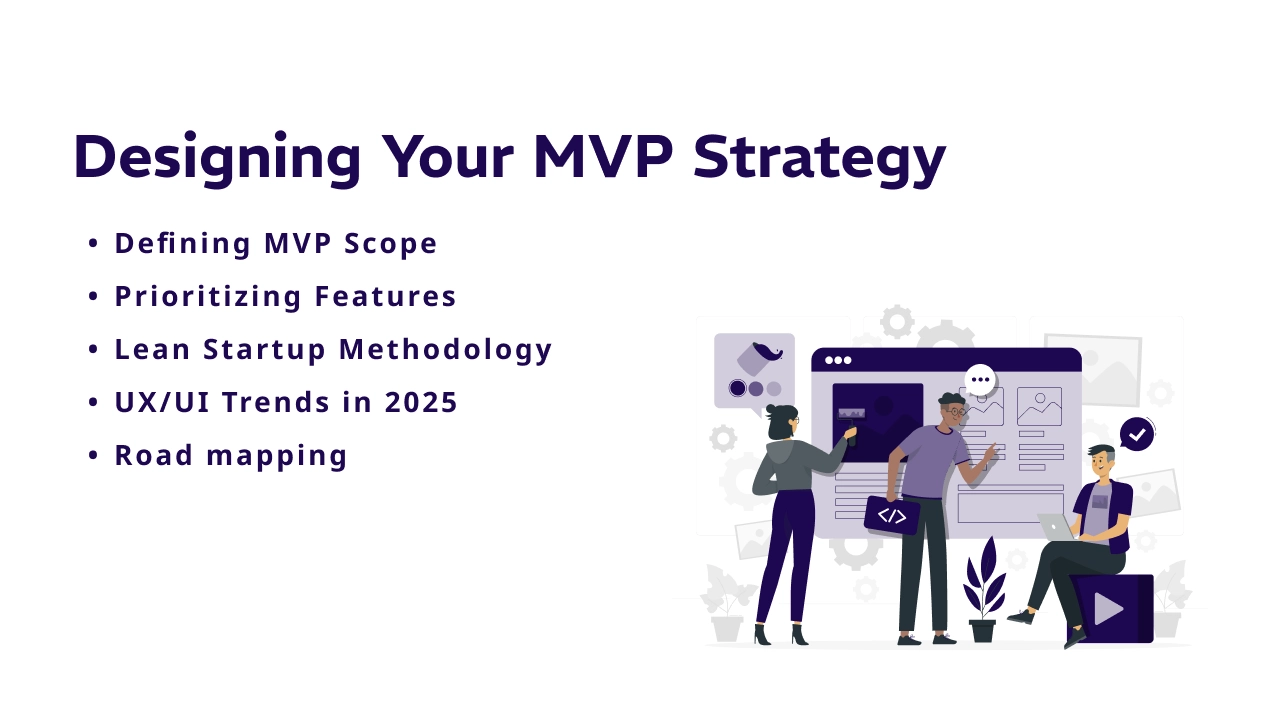
Once your idea is validated, design an MVP strategy that balances functionality, user experience, and business goals.
1. Defining MVP Scope
Avoid feature bloat. Define core features that solve the main problem. This creates focus, faster build time, and clearer feedback.
2. Prioritizing Features
Use frameworks like MoSCoW (Must have, Should have, Could have, Won’t have) or RICE (Reach, Impact, Confidence, Effort) to prioritize features objectively.
3. Lean Startup Methodology
Build-Measure-Learn cycles remain key. Build your MVP quickly, measure user response, learn and iterate.
4. UX/UI Trends in 2025
Design should be intuitive, accessible, and mobile-first. Voice commands, AR/VR elements, and AI-powered personalization are increasingly expected. Tools like Figma, Adobe XD, and AI-assisted design platforms speed up prototyping.
5. Roadmapping
Create a roadmap aligning MVP milestones with business targets. Define timelines, responsibilities, and budget estimates.
Building the MVP
Building your Minimum Viable Product (MVP) is a crucial step to turn your validated idea into a functional product. Here’s what to focus on:
- Choose the right technology stack: Opt for scalable, modern frameworks like Flutter, React Native, or serverless cloud solutions that fit your product needs and budget.
- Adopt agile development: Use iterative sprints to build, test, and improve features rapidly.
- Collaborate effectively: Decide between in-house teams, outsourcing, or freelancers based on your resources and project complexity.
- Integrate essential features only: Focus on core functionalities that solve the main user problem to keep development efficient.
- Test rigorously: Use automated and manual testing to ensure quality and usability.
- Manage budget and timelines: Keep your MVP lean to avoid overspending and delays.
By concentrating on these key areas, you can develop an MVP that not only functions well but also provides valuable insights from early users, setting the foundation for future growth and investment.
Case Studies
- Example 1: A fintech startup used Flutter and Firebase to build an MVP in 3 months and secured $1M seed funding.
- Example 2: An edtech startup leveraged no-code tools to validate and launch MVP, gaining 10,000 users in 6 weeks.
Launching Your MVP and Getting User Feedback
Launching your MVP is a critical milestone that marks the beginning of real user engagement and valuable feedback collection. Here are key steps to ensure a successful launch and feedback loop:
- Prepare a targeted marketing plan: Use social media, email campaigns, and PR to create awareness among your ideal users.
- Leverage digital platforms: Focus on channels popular in 2025 such as TikTok, Instagram Reels, and niche online communities to reach early adopters.
- Collect feedback actively: Implement in-app surveys, Net Promoter Scores (NPS), and direct user interviews to understand user needs and pain points.
- Analyze user behavior: Utilize tools like Google Analytics and heatmaps to track how users interact with your MVP.
- Iterate rapidly: Use the insights gathered to prioritize improvements and fix issues quickly.
- Build a community: Engage early users through forums and newsletters to foster loyalty and advocacy.
A well-executed launch combined with consistent user feedback ensures your MVP evolves effectively, aligning closely with market demands and increasing your chances of success.
Preparing for Fundraising
Timing and preparation are everything.
When to Raise Funds?
Preparing for fundraising involves refining your pitch, creating a solid business plan, and showcasing a validated MVP. Ensure your financial projections are realistic, gather user feedback to demonstrate traction, and identify the right investors. Strong preparation boosts credibility and increases your chances of securing funding successfully.
Funding Sources in 2025
- Angel investors
- Venture capitalists
- Crowdfunding platforms like Kickstarter, SeedInvest
- Accelerators and incubators
- Corporate venture arms
Creating a Pitch Deck
Focus on problem, solution, market opportunity, business model, traction, team, and financials. Keep decks under 15 slides.
Financial Projections
Be realistic, data-driven, and transparent. Show burn rate and runway.
Legal and Due Diligence
Prepare documents: incorporation, IP rights, contracts, financial statements.
Investor Relations
Build relationships early. Networking events and startup platforms help.
Fundraising Strategies And Tips
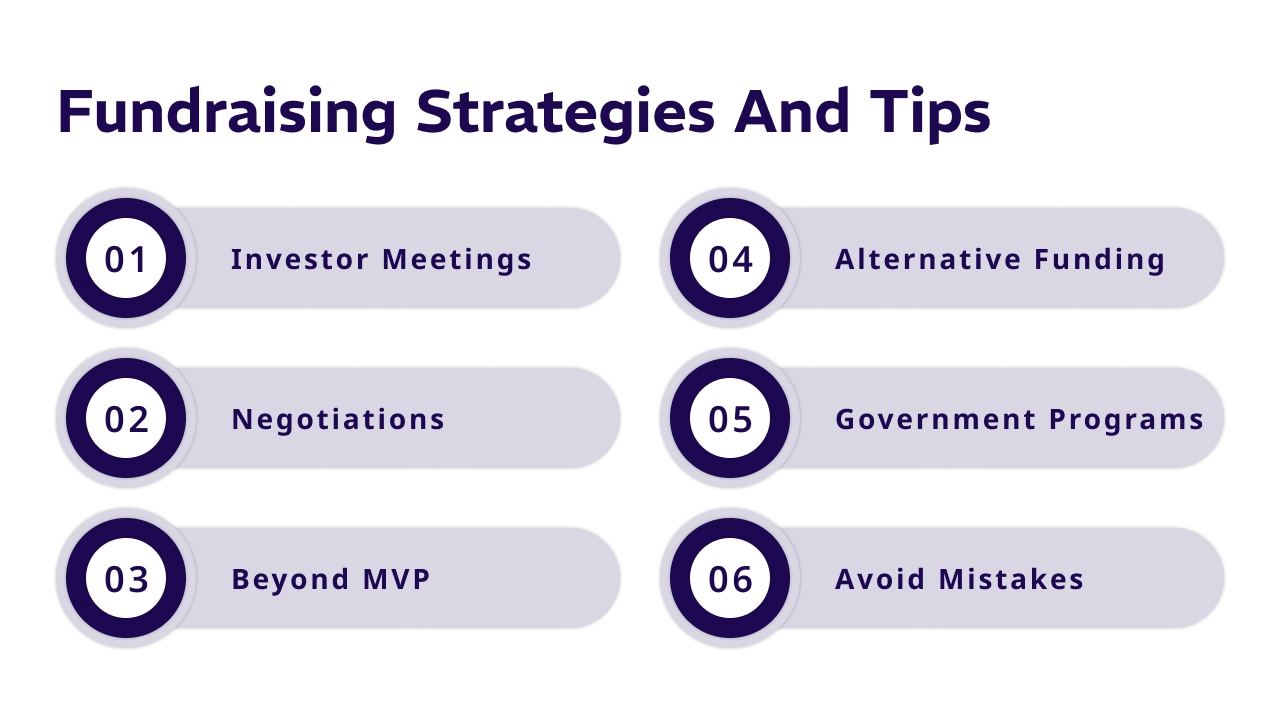
Maximize your chances with strategic approach.
Investor Meetings
Practice your pitch, demo your MVP live, and anticipate tough questions.
Negotiations
Understand valuation, equity dilution, liquidation preferences.
Beyond MVP
Show vision, team strength, market knowledge.
Alternative Funding
Explore grants, strategic partnerships.
Government Programs
Many countries offer startup funding programs and tax incentives.
Avoid Mistakes
Don’t overpromise, don’t ignore feedback, keep control over your startup.
Post - Fundraising Growth And Scaling
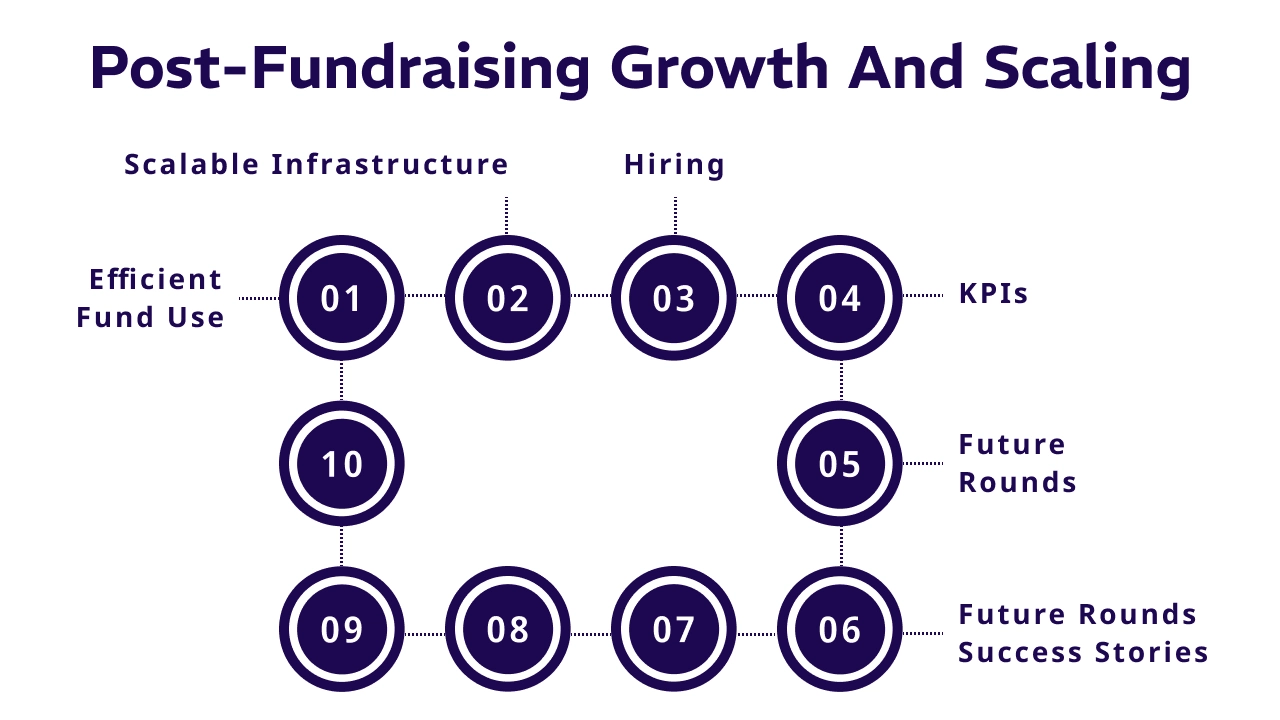
Once funded, focus on sustainable growth.
Efficient Fund Use
Invest in product enhancement, marketing, and hiring key talent.
Scalable Infrastructure
Adopt cloud services, automated CI/CD pipelines.
Hiring
Prioritize culture fit and skill balance.
KPIs
Track CAC, LTV, churn, conversion rates.
Future Rounds
Prepare for Series A/B with stronger traction metrics.
Success Stories
Highlight startups who scaled successfully after MVP and seed rounds.
Why True Value Infosoft is the Best Software App Development Company in India
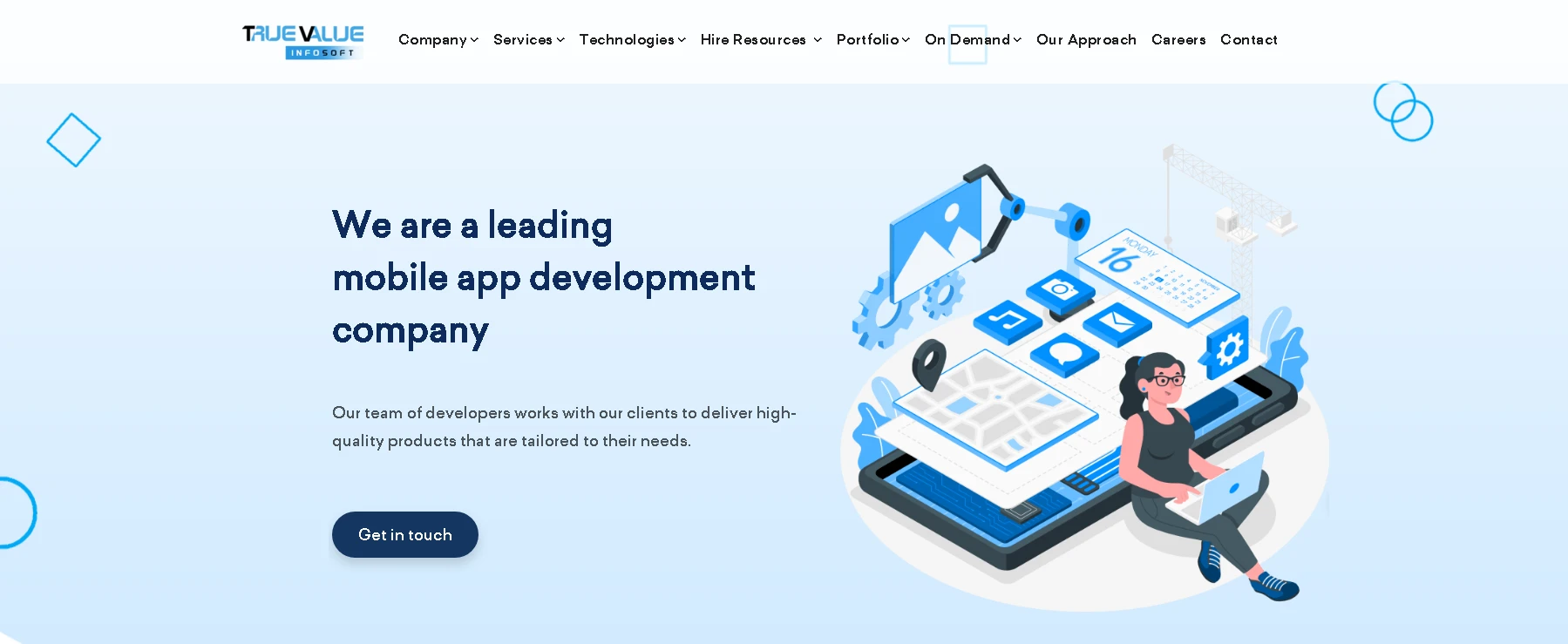
In the fast-paced startup ecosystem of 2025, turning a great idea into a successful, fundable Minimum Viable Product (MVP) requires more than just code — it demands strategic vision, rapid execution, and investor-ready polish. That’s where True Value Infosoft, the best software app development company in India, stands out as your ultimate partner.
With over a decade of experience, True Value Infosoft specializes in transforming raw ideas into fully functional MVPs that align with both market needs and investor expectations. Our team doesn’t just write code; we build scalable, user-centric, and performance-driven MVPs tailored to validate your business model swiftly. We leverage the latest tech stacks, agile methodologies, and AI-driven insights to ensure your product reaches the market fast — with maximum impact and minimal risk.
What truly sets us apart is our founder-focused approach. We work closely with startups to define core features, develop pitch-ready prototypes, and build MVPs that excite users and attract investors. From UI/UX design to backend architecture, every element is crafted with scalability and funding potential in mind.
True Value Infosoft also offers end-to-end consulting, helping you navigate product-market fit, refine your pitch deck, and connect with potential investors. Our success stories include dozens of startups that launched with us and went on to raise significant capital.
If you're looking to build a winning MVP and raise funds in 2025, True Value Infosoft is the trusted technology partner you need to bring your vision to life.
Conclusion
Building a successful MVP in 2025 is more than just launching a basic version of your product — it’s about strategically validating your idea, solving real user problems, and setting the foundation for growth and investment. From defining your core value proposition to choosing the right tech stack, creating a user-focused design, and gathering early feedback, every step plays a crucial role. Once your MVP gains traction and shows signs of product-market fit, you’ll be in a strong position to attract investors who believe in your vision and data-backed progress. Remember, agility, listening to users, and continuous improvement are key. Whether you're bootstrapping or aiming to raise funds, an MVP is your first leap toward a scalable business. With the right approach, dedication, and expert guidance from top tech partners like True Value Infosoft, you can turn your innovative idea into a high-impact, investor-ready startup in today’s competitive landscape.
FAQs
A prototype is an early sample or model to visualize the idea, often non-functional. An MVP is a functional product with core features to solve a real user problem.
Typically 3-6 months, but it depends on complexity and resources.
Costs vary widely from $10,000 for simple no-code MVPs to $100,000+ for complex products.
Yes, but it’s harder. Investors prefer evidence of product validation, traction, or working MVP.
Lack of clear vision, poor team dynamics, unrealistic financials, no market validation.

